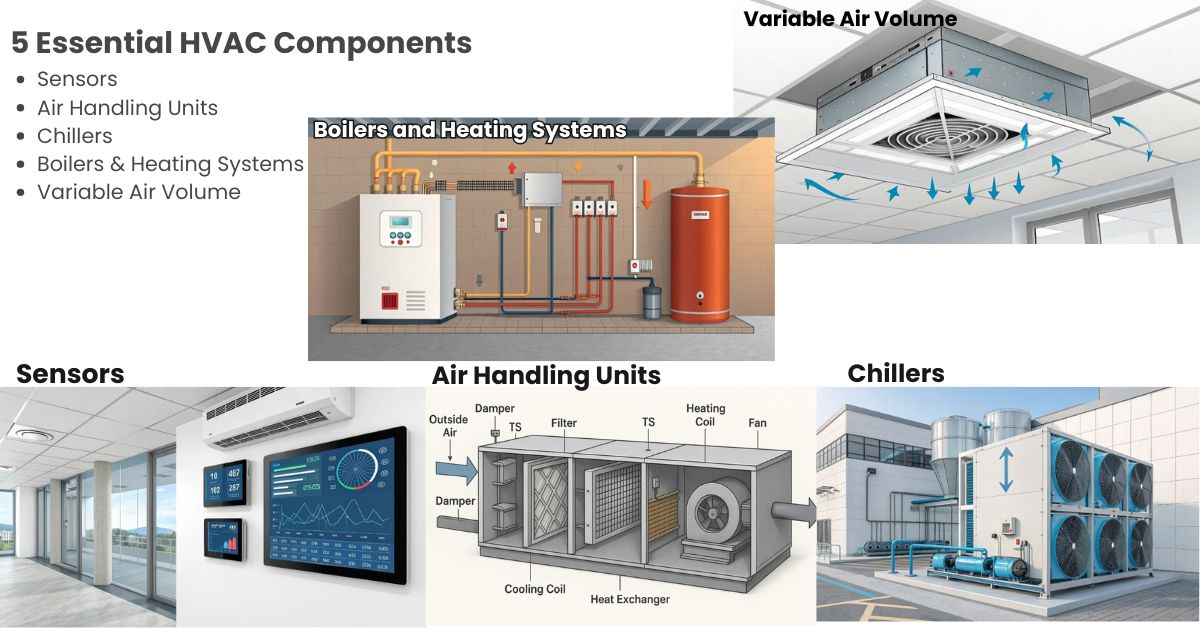HVAC Components BMS Should Monitor are key to boosting energy efficiency effortlessly. When your Building Management System tracks the right parts, everything runs smoother. Your building operates efficiently and you don’t have to work hard to keep it that way.
If you don’t notice the warning signs, you may end up with expensive system problems. Regularly checking your HVAC system helps you notice and solve little problems before they become big. This ensures you won’t have to stop your work for repairs and reduces your expenses.
The foundation of a healthier and more intelligent environment is better HVAC monitoring. Efficient air quality, constant temperature and proper humidity are possible with the correct system data. When you have the correct insights, your building is more comfortable, safe and ready for the future.
Table of Contents
ToggleWhy Monitoring HVAC Components Matters?
Regularly checking HVAC components helps you use less energy. Good systems use less energy when they function well. You’ll see your utility costs drop from one month to the next. It also helps reduce unnecessary effort, so your building doesn’t end up wasting energy.
Stronger monitoring makes indoor environments more pleasant. It ensures the temperature doesn’t change and the air is clean. At the same time, it helps prevent damage to your HVAC system. This is why the parts still function well and don’t have to be replaced every year. It’s an easy thing to do, but it pays off in the long run.
Sensors: The Eyes and Ears of Your System
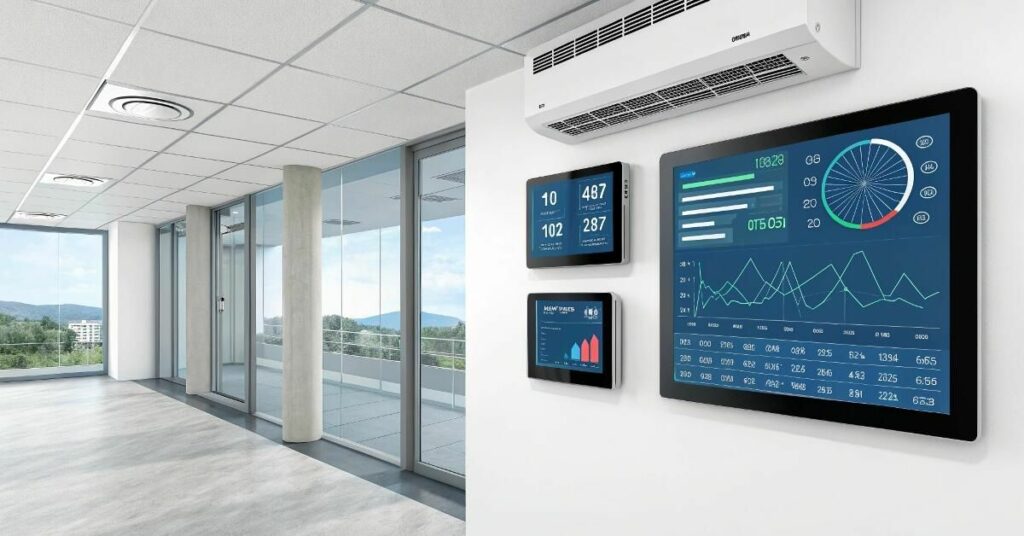
A smart HVAC system is made possible by the use of sensors. They check the temperature, humidity, pressure and air quality at all times. It allows your BMS to quickly respond when required. Because of this, your building is always steady, pleasant and doesn’t waste energy.
Especially, sensors are able to discover problems before anything serious takes place. They detect little problems before they become costly. Having the right data allows you to act promptly and prevent outages.
Here’s what good sensors help you do:
- Replace your filters before the airflow starts to decrease.
- React quickly whenever you notice a big change in temperature.
- Find out if the air is poor before it leads to health problems
- Avoid situations that cause equipment to become stressed by build-up
Air Handling Units (AHUs): Controlling Climate and Clean Air
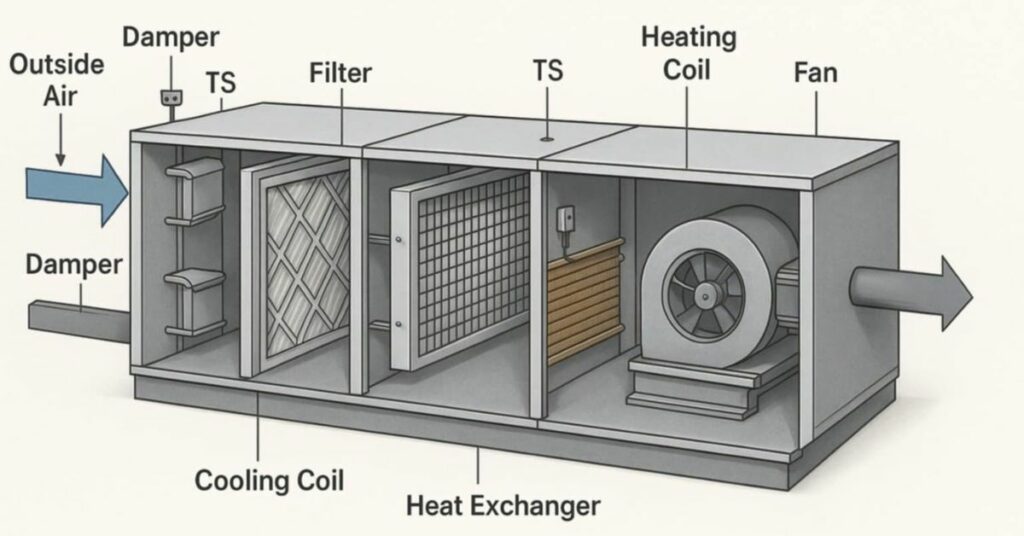
AHUs are the main component that keeps indoor air comfortable. Air is managed and temperature is controlled in every place in the building by them. They keep every room at a comfortable temperature. As a result, the area is more cozy and easier to look after.
They are skilled at handling air quality too. AHUs guarantee clean air and steady airflow in every part of the building. They bring in new air, clean it of dust and allergens and send clean air to where it should go. There will be less complaints and healthier areas as a result.
Chillers: Keeping It Cool Efficiently
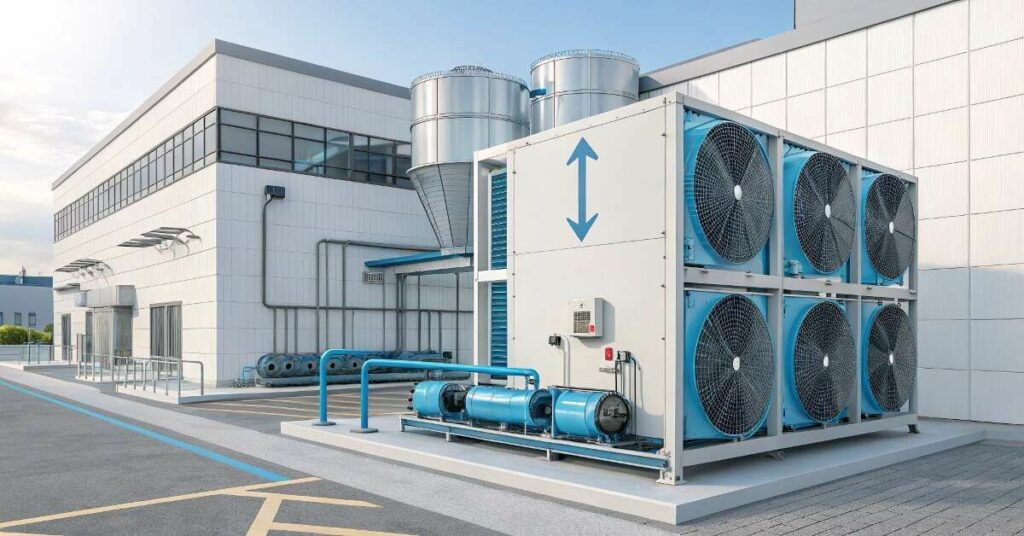
Chillers make sure large buildings stay cool and they do so using energy efficiently. The use of smart systems and effective operations helps them to keep the building cool. Properly operating chillers keep areas cool quickly and efficiently. So, you’ll enjoy more comfort and lower electricity bills.
They also help ensure the system stays healthy. The BMS is informed of any issues, waste or possible downtime by chillers. It allows you to address small problems early, so they don’t turn into bigger and more expensive ones.
Chiller Monitoring Helps You: | Benefits |
Detect low refrigerant levels | Prevent cooling failure |
Spot declining performance early | Boost energy efficiency |
Identify worn-out components | Reduce repair costs |
Track runtime and cycles | Extend equipment lifespan |
Boilers and Heating Systems: Managing Warmth Smartly
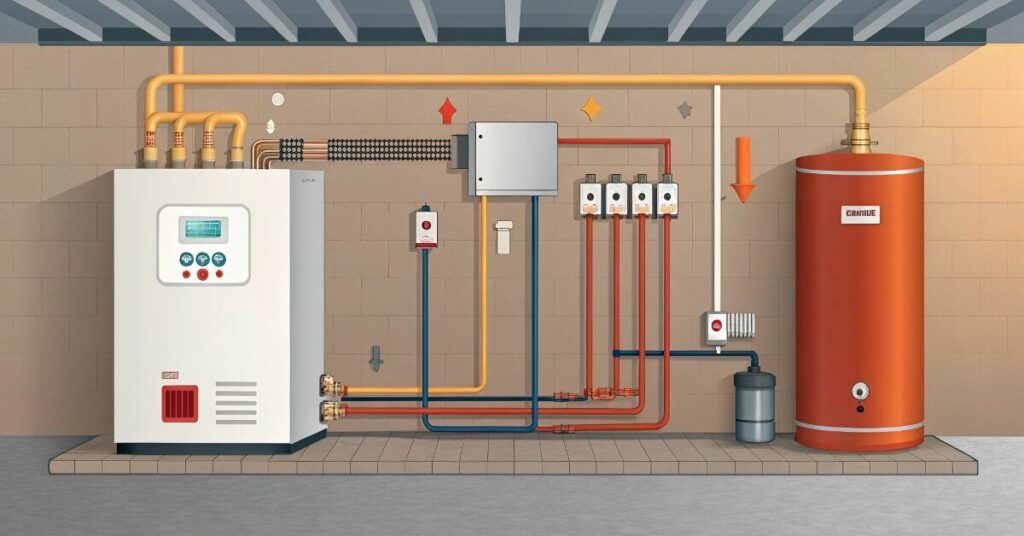
Good performance from boilers and heating systems relies on constant monitoring. They keep an eye on the temperature in the oven and on the fuel being used. It helps you use less energy and still enjoy a warm building without paying more.
They are able to notice when the system is out of balance. If the heat isn’t uniform, the system will adjust it before anyone notices. Monitoring your heating system regularly helps it remain warm and limits the number of problems you’ll have.
Variable Air Volume (VAV) Boxes: Balancing Airflow Room by Room
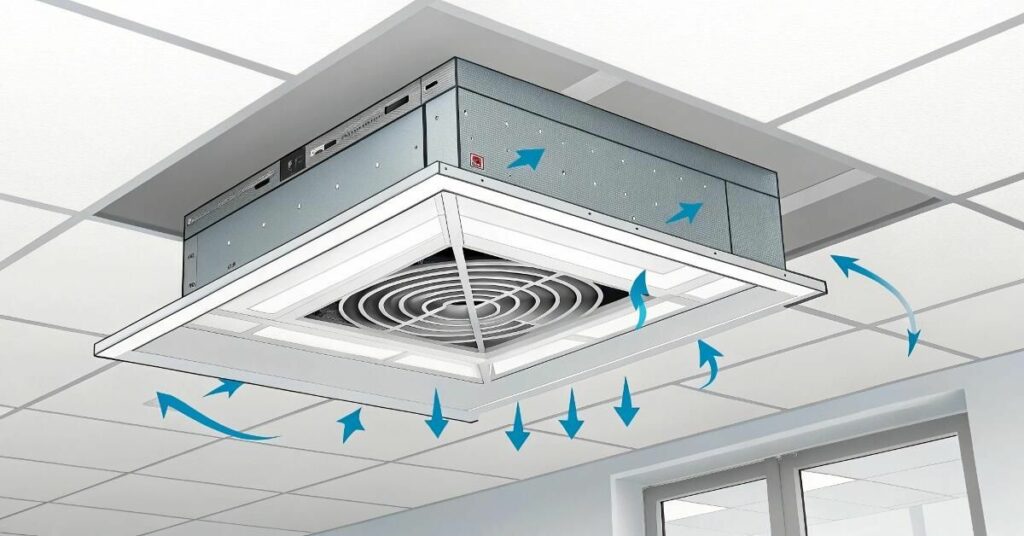
VAV boxes direct airflow into every room. Their setting changes depending on the amount of heat needed because of the people and the room’s current temperature. All parts of the house are kept comfortable without making the system overwork.
By releasing air exactly where and when it is required, VAV boxes stop the problem of over-conditioning. It makes your energy bills smaller and helps the environment. It’s a clever way to stay comfortable without spending much money.
Integrating HVAC Monitoring into BMS: The Smarter Future
All data from the HVAC system is gathered in one area when you integrate monitoring. You can now see how all the systems in your business fit together and how they interact. Because everything is easily accessible, running the building gets easier and smarter.
Automation does more than just keep an eye on operations. The system is capable of making its own changes and sending alerts ahead of any issues. Because of this approach, there’s more time, less expense and a comfortable environment all without having to keep checking manually.
FAQ’s
What HVAC components should the BMS pay special attention to ensure efficiency?
Tracking sensors, AHUs, chillers, boilers and VAV boxes is necessary for improved efficiency and lower energy costs.
How do sensors improve HVAC system monitoring?
They provide instant information that allows problems to be found early and the system to run more efficiently.
Why is it important to monitor chillers and boilers?
It prevents systems from failing, uses energy efficiently and keeps your home at a regular temperature.
Conclusion
Making sure you check the right areas of your HVAC system is very necessary. It reduces energy use, saves money and keeps everything working properly. Smart building monitoring ensures that a building is comfortable and safe all year long.
Having HVAC monitoring connected to a BMS is necessary for future smart use. With automation and instant data, we can catch and stop problems ahead of time. As a result, your building is both simpler to maintain and more efficient every day.

